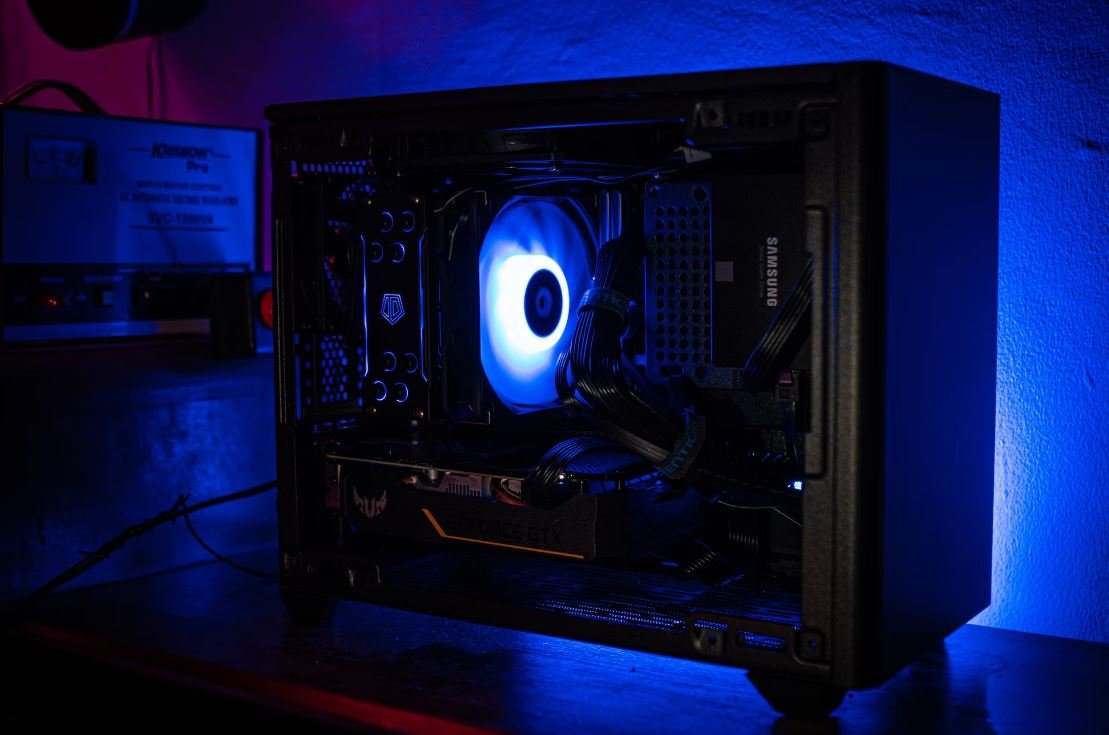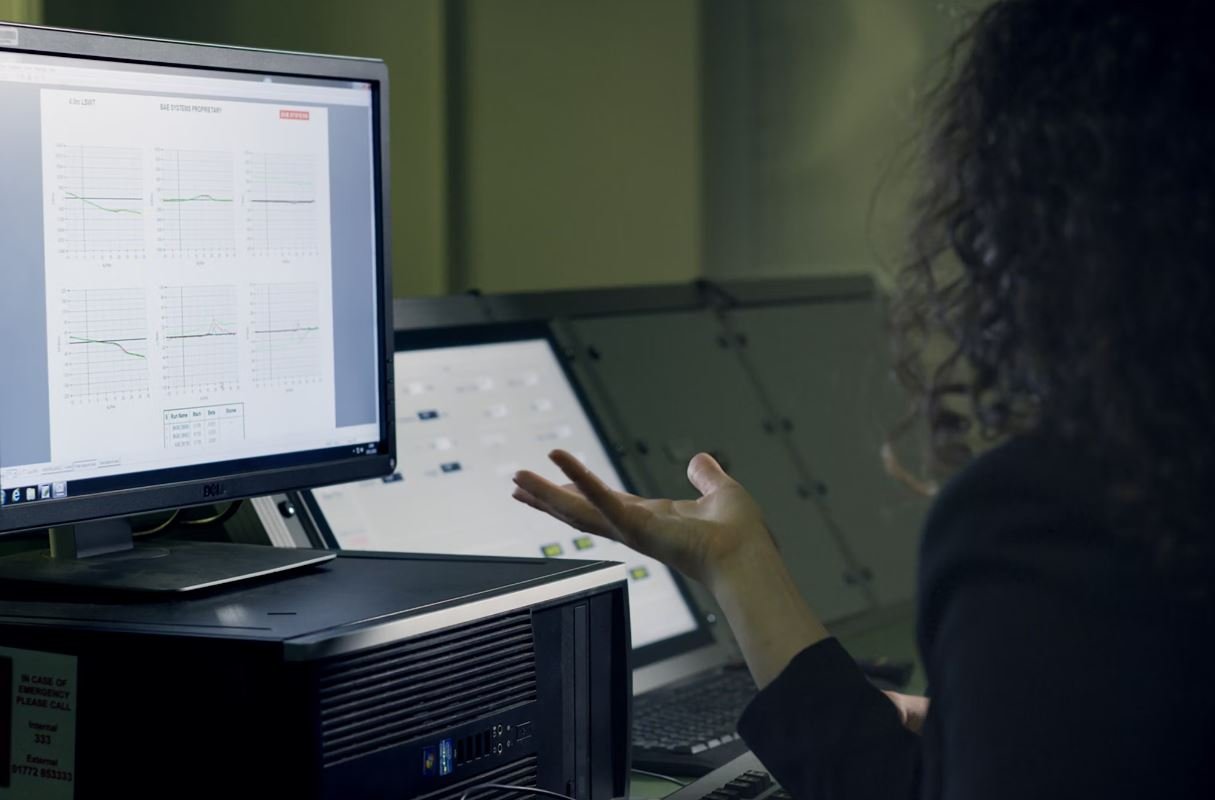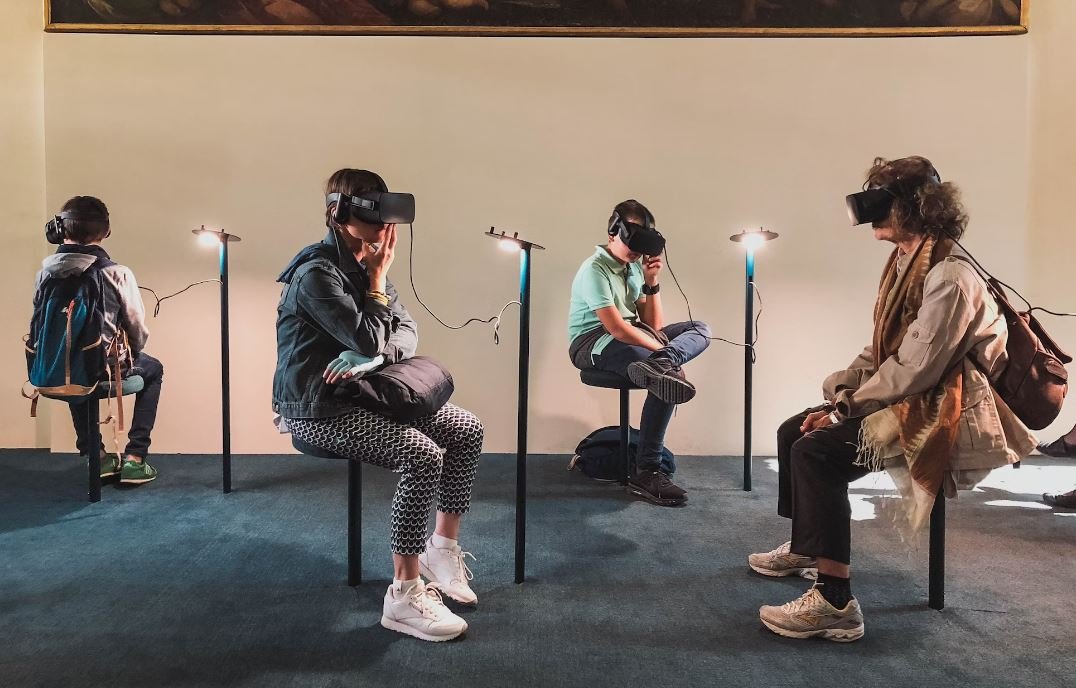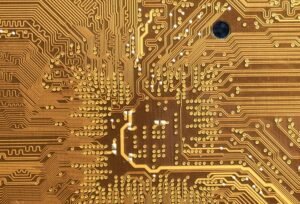Introduction to Neuralink
Neuralink, founded by Elon Musk in 2016, is a neurotechnology company that aims to develop implantable brain-machine interfaces (BMIs). These interfaces consist of small chips that are surgically implanted into the brain, allowing for bidirectional communication between the brain and external devices such as computers or smartphones. The potential applications of Neuralink’s technology are vast, ranging from helping individuals with neurological disorders to enhancing brain functionality for healthy individuals.
Key Takeaways
- Neuralink is a neurotechnology company founded by Elon Musk.
- It aims to develop implantable brain-machine interfaces for bidirectional communication between the brain and external devices.
- Potential applications include aiding individuals with neurological disorders and enhancing brain functionality.
One of the key goals of Neuralink is to enable people with paralysis to control computers and other devices using their thoughts. By bypassing the traditional routes of communication through muscles and nerves, Neuralink’s technology has the potential to dramatically improve the quality of life for individuals with spinal cord injuries or other conditions that limit their mobility.
The technology behind Neuralink involves placing tiny electrodes, referred to as threads, directly into the brain. These threads are thinner than a human hair, enabling precise and minimally invasive implantation. The threads connect to a small chip, known as the N1 Link, which sits behind the user’s ear. The N1 Link wirelessly communicates with external devices, allowing for seamless interaction.
| Feature | Neuralink | Traditional BMIs |
|---|---|---|
| Implant Method | Minimally invasive threads | Electrodes placed on the surface of the brain |
| Communication | Bidirectional | Unidirectional |
| Targeted Applications | Wide range, including medical and non-medical | Primarily medical |
Neuralink’s Potential Applications
- Medical Treatments: Neuralink’s technology holds promise for treating various neurological disorders, including paralysis, Alzheimer’s disease, Parkinson’s disease, and more.
- Enhanced Cognitive Abilities: By connecting the human brain directly to external devices, Neuralink could potentially enhance memory, learning, and overall cognitive capabilities.
- Virtual and Augmented Reality: Neuralink’s technology may revolutionize the way we experience virtual and augmented reality, allowing for immersive experiences that directly stimulate the brain.
| Factor | Neuralink | Existing BCIs |
|---|---|---|
| Implant Type | Invasive | Non-invasive |
| Communication | Bidirectional | Mostly unidirectional |
| Precision | High | Variable |
“Elon Musk has described Neuralink as a ‘Fitbit in your skull’ – a wearable device for the brain that enhances human capabilities and helps us keep pace with artificial intelligence.”
While Neuralink’s technology is still in the early stages of development, the company has made significant progress. In 2020, they revealed a live demonstration of a pig with a Neuralink implant, showcasing the device’s ability to track neural activity in real-time. This demonstration provided a glimpse into the future potential of the technology.
Neuralink has a grand vision for the future, aiming to merge humans with artificial intelligence to harness the full potential of our brains. This ambitious goal has sparked both excitement and ethical concerns within the scientific community and the general public. As the technology continues to evolve, it will be essential to carefully consider the implications and ensure responsible implementation.
References:
- Neuralink – https://neuralink.com/
- Neuralink Wikipedia – https://en.wikipedia.org/wiki/Neuralink

Common Misconceptions
Misconception 1: Neuralink is a chip that makes you superhuman
- Neuralink is a brain-computer interface, not a chip that magically enhances your abilities
- It allows for a direct connection between the brain and a computer or device
- Neuralink focuses on improving the communication between humans and machines, not transforming humans into superheroes
Misconception 2: Neuralink can read your thoughts
- Neuralink cannot read the random thoughts in your mind
- It can decode brain signals to interpret certain commands or actions
- It requires training and calibration to understand specific brain patterns related to specific tasks
Misconception 3: Neuralink poses significant privacy and security risks
- Neuralink prioritizes privacy and security in its design and development
- Data collected is encrypted and protected to prevent unauthorized access
- Neuralink is being developed with a strong focus on ensuring user trust and safeguarding personal information
Misconception 4: Neuralink is only for people with disabilities
- Neuralink can be used by individuals with disabilities to regain lost functionalities, but it goes beyond that
- It has the potential to enhance brain capabilities in various fields, including cognitive enhancement and advanced research
- Neuralink aims to benefit a wide range of users, not just those with disabilities
Misconception 5: Neuralink will replace human intelligence
- Neuralink is not designed to replace human intelligence or render people obsolete
- Its primary goal is to facilitate a seamless interaction between humans and machines
- It can augment human capabilities but does not aim to replace natural human abilities

Introduction to Neuralink
Neuralink is a company founded by Elon Musk that aims to develop implantable brain–machine interfaces (BMIs). These devices would enable direct communication between the brain and computers or other external devices. This article provides an introduction to the fascinating world of Neuralink and its potential applications. The following tables highlight key points and interesting data about Neuralink.
1. Neuralink Founding Date
Neuralink was founded on the:
| Day | Month | Year |
| 3 | July | 2016 |
2. Elon Musk’s Role at Neuralink
Elon Musk is the:
| Position | Responsibilities |
| Founder and CEO | Overseeing company operations and strategy |
3. Neuralink’s Mission
The mission of Neuralink is to:
| Goal | Description |
| Develop BMI technology | Enable humans to merge with artificial intelligence (AI) while maintaining autonomy |
4. Potential Applications of Neuralink
Neuralink’s technology could have various applications, including:
| Application | Description |
| Medical | Aiding paralyzed individuals to regain control of limbs |
| Communication | Facilitating telepathic communication between individuals |
| Entertainment | Enhancing virtual reality experiences through direct brain stimulation |
5. Current Number of Employees
Neuralink currently employs:
| Year | Number of Employees |
| 2021 | Approximately 100 |
6. Neuralink’s First Animal Testing
The first successful Neuralink implant was performed on:
| Animal Species | Date |
| Pig | August 2020 |
7. Funding Received by Neuralink
Neuralink has received the following amounts of funding:
| Investment Round | Funding Amount (in millions) |
| Seed Round | 158 |
| Series A | 27 |
| Series B | 205 |
8. Potential Advantages of Neuralink
The incorporation of Neuralink’s technology could offer several advantages, including:
| Advantage | Description |
| Enhanced Cognitive Abilities | Improving memory, attention, and overall cognitive performance |
| Cure for Certain Brain Disorders | Treating conditions like Parkinson’s disease or epilepsy |
9. Neuralink’s Brain Implant Size
The dimensions of Neuralink’s brain implant are:
| Length (in mm) | Width (in mm) | Depth (in mm) |
| 23 | 8 | 4 |
10. Neuralink’s Targeted Bandwidth
The targeted bandwidth of Neuralink’s implants is:
| Bandwidth (in bits per second) |
| 10,000 |
Neuralink, spearheaded by Elon Musk, has made significant strides in developing cutting-edge BMI technology that could revolutionize human-computer interaction. With potential applications ranging from medical to entertainment, Neuralink holds the promise of enhancing human capabilities and providing solutions to various neurological disorders. As the company continues to make progress, the future of brain–machine interfaces looks exciting and filled with possibilities.
Introduction to Neuralink
Frequently Asked Questions
What is Neuralink?
Neuralink is a neurotechnology company founded by Elon Musk. It aims to develop implantable brain-machine interfaces (BMIs) to enhance human cognition and help treat neurological disorders.
How does Neuralink work?
Neuralink aims to implant tiny flexible threads (electrodes) into the brain, which can record and stimulate neural activity. These threads connect to a device called the Link, which is implanted behind the ear and communicates wirelessly with external devices.
What are the potential applications of Neuralink?
Neuralink has potential applications in various fields. It could help individuals with paralysis regain movement, treat neurological conditions such as Parkinson’s disease, enhance cognitive abilities, and enable seamless communication between humans and computers.
What are the risks associated with Neuralink implants?
As with any invasive medical procedure, there are risks associated with Neuralink implants. These include infection, bleeding, brain damage, and adverse reactions to the materials used. Neuralink aims to address and minimize these risks through careful design and testing.
Is Neuralink technology safe?
Neuralink is still in the early stages of development, and its safety is being extensively researched and tested. The company is working closely with regulatory authorities to ensure that its technology meets strict safety standards.
Can Neuralink read thoughts?
Neuralink’s primary goal is not to read thoughts, but rather to develop practical applications for brain-machine interfaces. Although Neuralink’s technology has the potential to decode neural activity, privacy and ethical considerations are paramount, and any such functionality would require explicit user consent.
How does Neuralink address privacy concerns?
Neuralink recognizes the importance of privacy and is committed to protecting user data. The company aims to make its technology secure and explicitly states that any data shared or used will require informed user consent. Additionally, Neuralink follows privacy regulations and practices to maintain confidentiality.
How long does a Neuralink implant last?
The lifespan of a Neuralink implant is not yet precisely determined since the technology is still in development. However, the aim is to create long-lasting and reliable implants that can remain functional for many years.
Is Neuralink only for medical use?
Although Neuralink has significant potential in the medical field, it is not limited to medical applications. The technology could also be utilized for augmenting human capabilities, enhancing virtual reality experiences, and advancing artificial intelligence.
Where can I learn more about Neuralink?
For more information on Neuralink, you can visit their official website at www.neuralink.com. Their website provides detailed information about the company’s mission, technology, team, and updates on ongoing research and developments.




